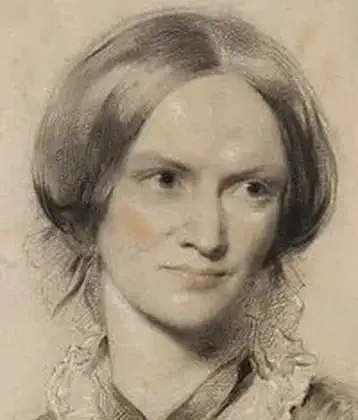On April 21, 1874 in Celtic History
Walter wilson, mechanical engineer, designer of cars and tanks, is born in blackrock, co. dublin
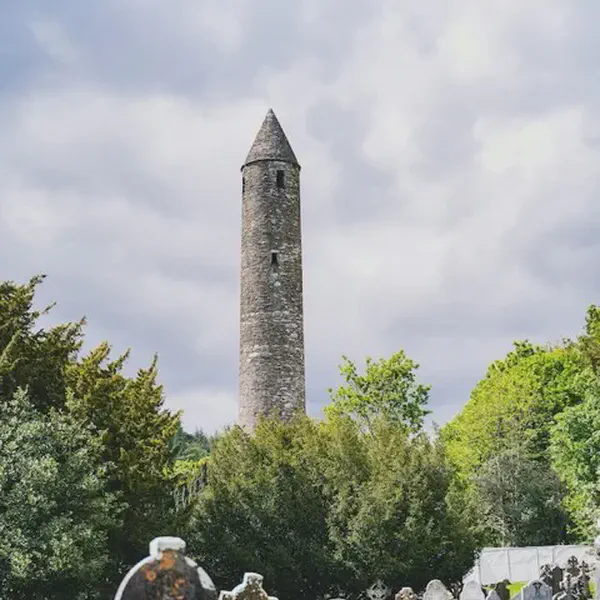
Major Walter Gordon Wilson CMG (21 April 1874 – 1 July 1957) was an Irish mechanical engineer, inventor and member of the British Royal Naval Air Service. He was credited by the 1919 Royal Commission on Awards to Inventors as the co-inventor of the tank, along with Sir William Tritton.
Walter was born in Blackrock, County Dublin, on 21 April 1874. In 1888 he enlisted as a midshipman on HMS Britannia, but resigned in 1892. In 1894 he entered King’s College, Cambridge, where he studied the mechanical sciences tripos, graduating with a first class degree, B.A., in 1897. Wilson acted as ‘mechanic’ for the Hon C. S. Rolls on several occasions while they were undergraduates in Cambridge.
Aero engine 1898
Interested in powered flight, he collaborated with Percy Sinclair Pilcher and the Hon Adrian Verney-Cave later Lord Braye to attempt to make an aero-engine from 1898.
Wilson-Pilcher Car 1900
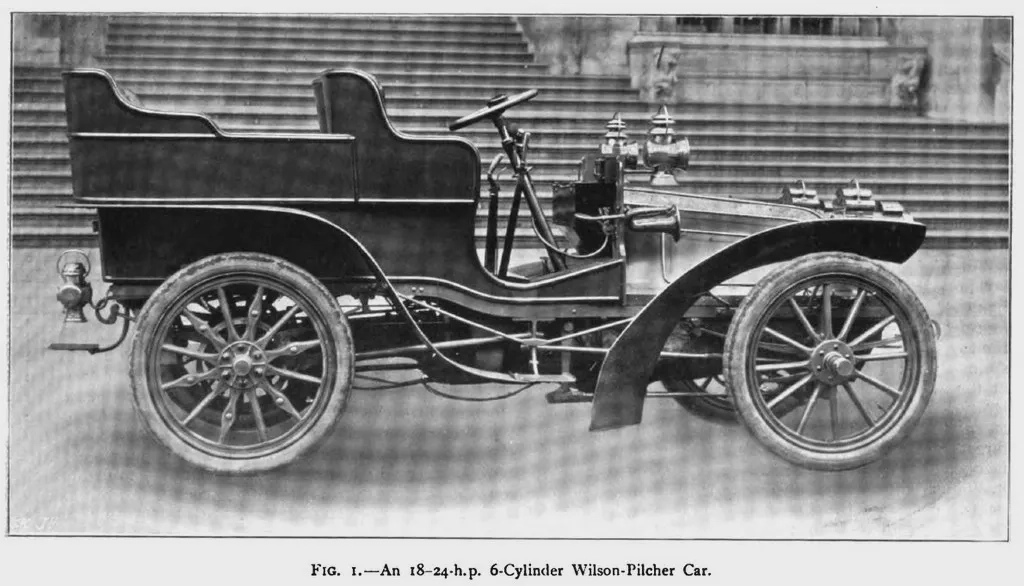
Following the death of Pilcher, he switched to building the Wilson–Pilcher motor car, which was launched in 1900. This car was quite remarkable in that it was available with either flat-four or flat-six engines, which were very well balanced, and with a low centre of gravity making good stability.
Tanks
With the outbreak of the First World War, Wilson rejoined the navy and transferred to the Royal Naval Air Service Armoured Car Division, which protected the Royal Naval Air Service personnel in France. When the Admiralty began investigating armoured fighting vehicles under the Landship Committee in 1915, 20 Squadron was assigned to it and Wilson was placed in charge of the experiments. Wilson worked with the agricultural engineer William Tritton, resulting in the first British prototype tank, “Little Willie”. At Wilson’s suggestion the tracks were extended right round the vehicle. This second design (first called “Wilson”, then “Centipede”, then “Big Willie”, and finally “Mother”) became the prototype for the Mark I tank.
More From This Day
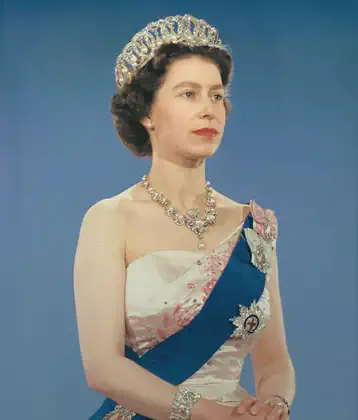
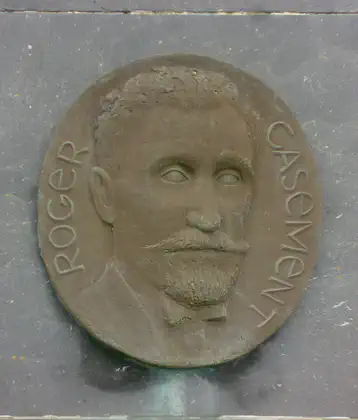
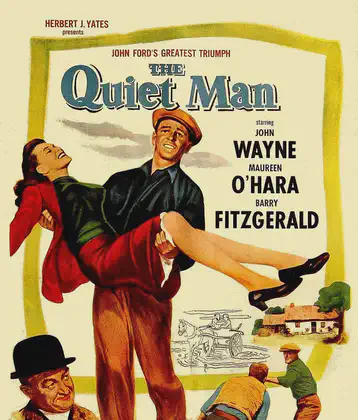

John Fitzpatrick, Labor leader and Irish nationalist is born in Athlone, Co. Westmeath
April 21, 1871

John Muir, pioneering conservationist and founder of Yosemite National Park, born in Dunbar.
April 21, 1838
